When navigating the world of histamine issues, which oils are low histamine has become a point of debate, much like with nuts or flours. The right fat sources can provide a range of benefits, even helping in reducing inflammation and histamine levels in the body, while the wrong ones can make your body work even harder to clear histamine.
By incorporating anti-inflammatory oils and fats into your everyday cooking, you can work with your body to naturally manage your MCAS or histamine intolerance.
In this article we'll explore a variety of low histamine oils and fats, discuss each one's unique properties, and touch on their pros & cons (though note that not all low histamine cooking oils are anti-inflammatory, and some may need to be consumed in moderation).
Medical Disclaimer: as with everything on this site, this article is provided for information only. I strongly urge you to speak with your doctor or a licensed medical professional in order to assess whether or not you have histamine issues, and/or which foods cause a histamine release for you personally. Every body is different, and some people will tolerate different foods than you do. Please keep comments respectful.

Jump to:
📝 Understanding Histamine & Inflammation
Histamine is related to inflammation because it both causes and mediates inflammation, in all different parts of your body.
The chemical is involved in various functions, including immune system responses, digestion, and central nervous system communication. As both a hormone and a neurotransmitter, histamine relays messages from the body to the brain, while also being integral in stomach acid production and food breakdown.
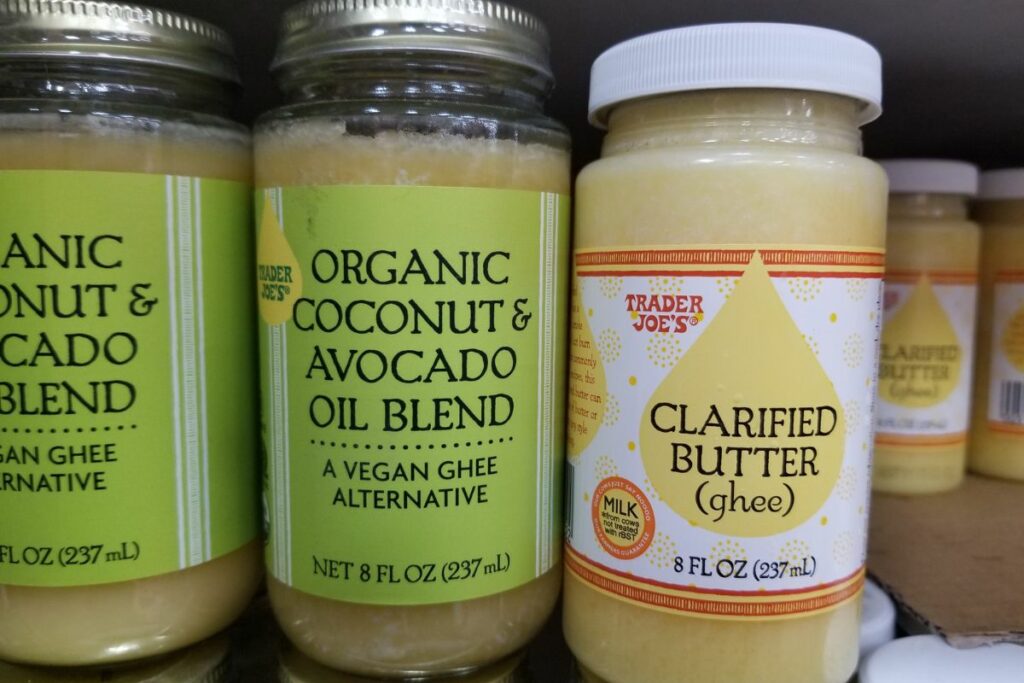
Histamine's Role in the Body
More specifically, histamine is a natural inflammatory substance released by the mast cells, which are a type of white blood cell responsible for immediate reactions to perceived allergens. When your histamine level overloads in one area of the body, it leads to inflammation, which can result in food allergy symptoms and have a cascading effect upon the body.
Histidine decarboxylase (HDC) is the sole member of the histamine synthesis pathway, producing histamine out of the amino acid histidine in a one-step reaction (with Vitamin B6 as a cofactor).
This means that histamine can be produced very quickly, an evolutionary trait which is helpful for alerting you to danger, but less helpful if your immune system has begun interpreting everything as dangerous.

The Inflammatory Response From Food
Inflammation is a natural response triggered by the body to protect itself from harm, such as infections or injuries. However, continuous systemic inflammation can have detrimental effects on overall health, and is even thought to be the leading cause of many chronic diseases.
Certain dietary fats have even been associated with inducing inflammation, which is why it's so important to select the right oils and fats when preparing low histamine meals. As I repeat all the time, food is really the best antihistamine for histamine intolerance, since the old adage 'you are what you eat' has never been more true as we eat an increasingly inflammatory diet.
Antihistamine foods' superpowers range from helping to stabilize mast cells to increasing DAO production or simply reversing oxidative damage from inflammation. Some of them even interrupt the making of histamine itself, by affecting volume & speed of production for the histamine-synthesizing enzyme (thereby slowing the body's ability to produce histamine).
While most of the fat sources below won't contain a significant amount of the co-factors in the production of DAO, the saturated fats and omega-3 fats found in many of them are necessary for the natural breakdown of histamine. Many vitamins are also fat-soluble, meaning they need to be consumed with fat to be most bioavailable.
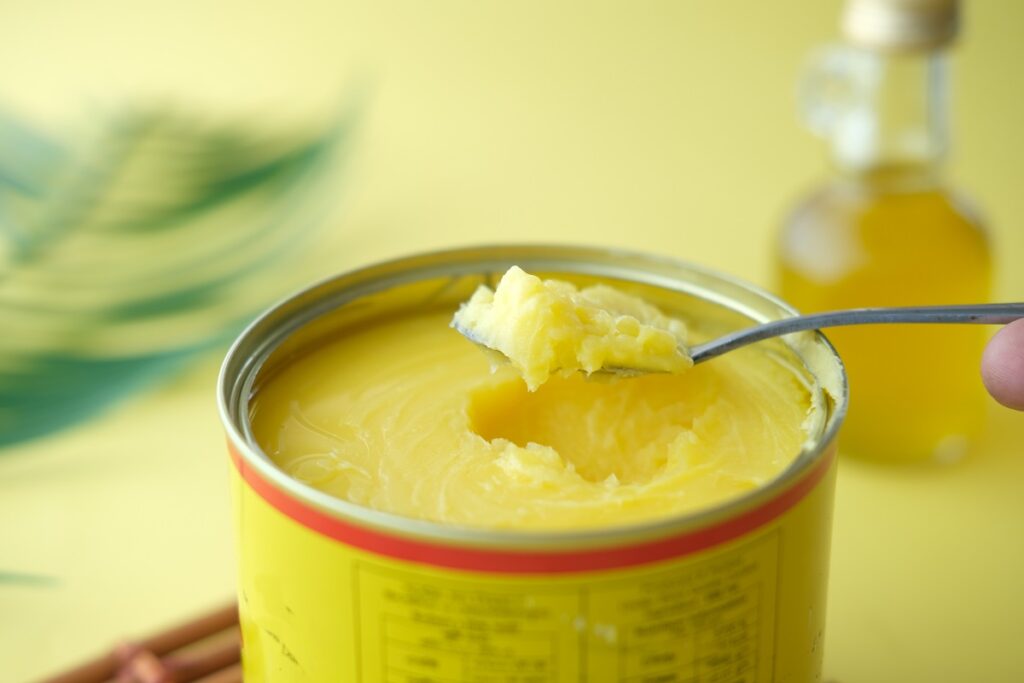
🍳 Are Some Oils High Histamine?
Some oils may inherently contain higher levels of histamine than others, usually due to residual food bits or bacterial contamination, but due to their lack of protein, most oils are technically histamine-free. But that doesn't mean there aren't some which may trigger symptoms for individuals with histamine intolerance.
Walnut oil is one such example; it's a flavorful oil with a rich, nutty taste, often used in salad dressings and desserts. Rich in omega-3 fatty acids, it's highly anti-inflammatory and for some reason, almost always avoided on a low histamine diet.
However even walnut oil, after a few months of eating low histamine, could be reintroduced in small doses for most people (in the absence of an extraneous mast cell reaction, like from MCAS or an allergy).
The most inflammatory oils to keep out of your diet or consume in moderation are those with a paltry omega-3 to omega-6 ratio (more omega-6 is inflammatory. These include: canola oil, corn oil, peanut oil, rice bran oil, safflower oil, store-bought shortening, soybean oil, sunflower oil, and any high-heat refined oils.
Fun Fact: the difference between fats & oils is that fats are solid at room temperature whereas oils remain liquid, revealing more about their fatty acid distribution than anything else (fats have a higher proportion of saturated fats, which stay solid at room temperature).
🧈 Low Histamine Oils & Fats
Almond Oil

Cooking Temperature: low-medium
Flavor: moderate
Almond oil is a low histamine and anti-inflammatory oil, and with its moderate nutty flavor, it's ideal for adding depth to main dishes, salad dressings, or desserts. It's also high in heart-healthy monounsaturated fats but has a moderate smoke point, which makes it suitable for low to medium heat cooking, though it should be avoided for high-heat baking or frying.
Avocado Oil

Cooking Temperature: medium-high
Flavor: mild
Avocado oil, rich in heart-healthy monounsaturated fats, has an almost buttery flavor. It's blessed with a high smoke point, making it an excellent option for high heat braising, frying, grilling, or roasting. Not only is it a low histamine and anti-inflammatory oil, but its mild flavor makes it a popular pick for stir-fries and the air fryer.
However, avocado oil can be relatively expensive, and it's not always easy to find, so I reserve it for when the situation calls for a neutral, high-quality oil.
Butter

Cooking Temperature: medium-high
Flavor: mild
In moderation, butter can be a safe low histamine fat option, particularly when it's fresh and made from high-quality cream. Just keep in mind that some people may be sensitive to dairy, so it's generally advised to avoid butter in the first few weeks of a low histamine diet, though always consult your doctor before making dietary changes.
Butter is roughly 80% fat, but it still contains small amounts of vitamins A, D, and E, and adds a notably rich flavor to baked goods or your weekly stir-fry.
Cocoa Butter
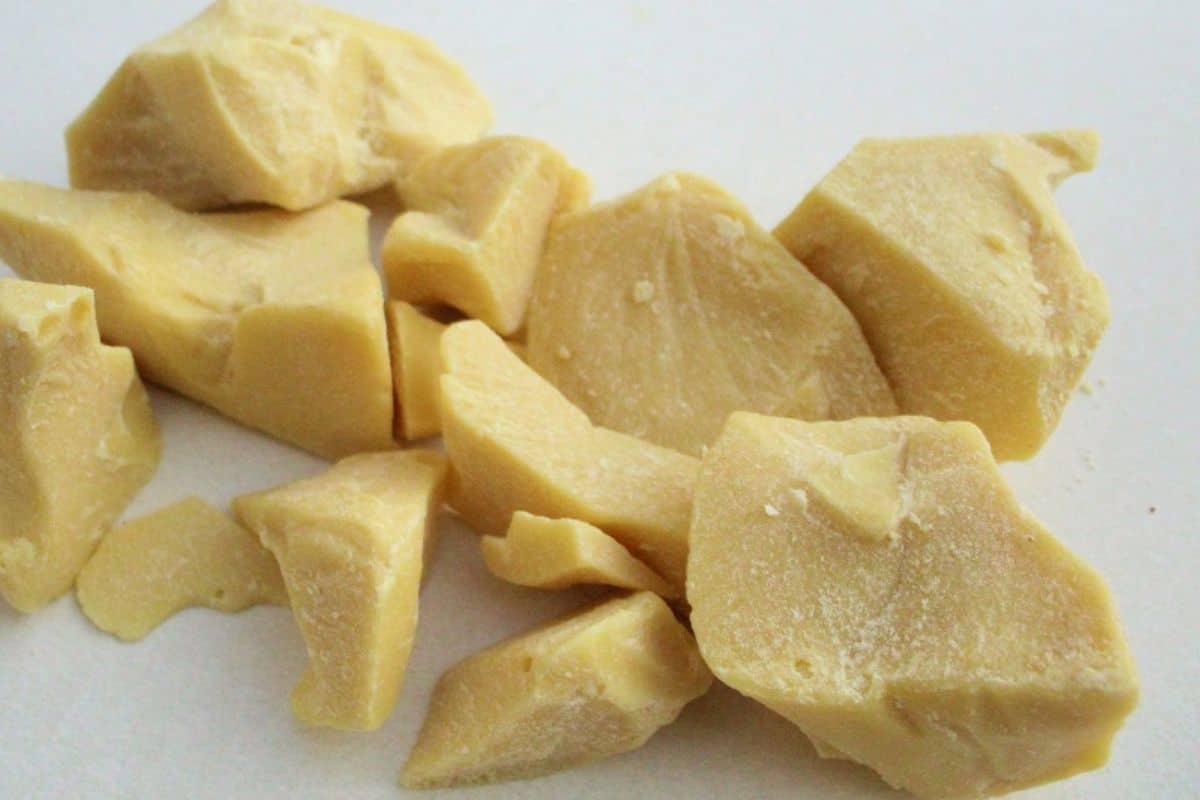
Cooking Temperature: high
Flavor: mild-moderate
Cocoa butter is the fat of the cacao tree's seeds, the same ones from which chocolate is made. But unlike chocolate, cocoa butter (also known as cacao butter) doesn't contain any of the cacao solids or alkaloids which are widely thought to be histamine liberators.
In contrast, cocoa butter (food-grade, of course) is a great high-heat cooking oil for braising meats and mixing up your weekly stir-fry. If you're wary of the mild chocolate scent, you can also buy deodorized food-grade cocoa butter, though the scent does wonders for a homemade granola.
Coconut Oil
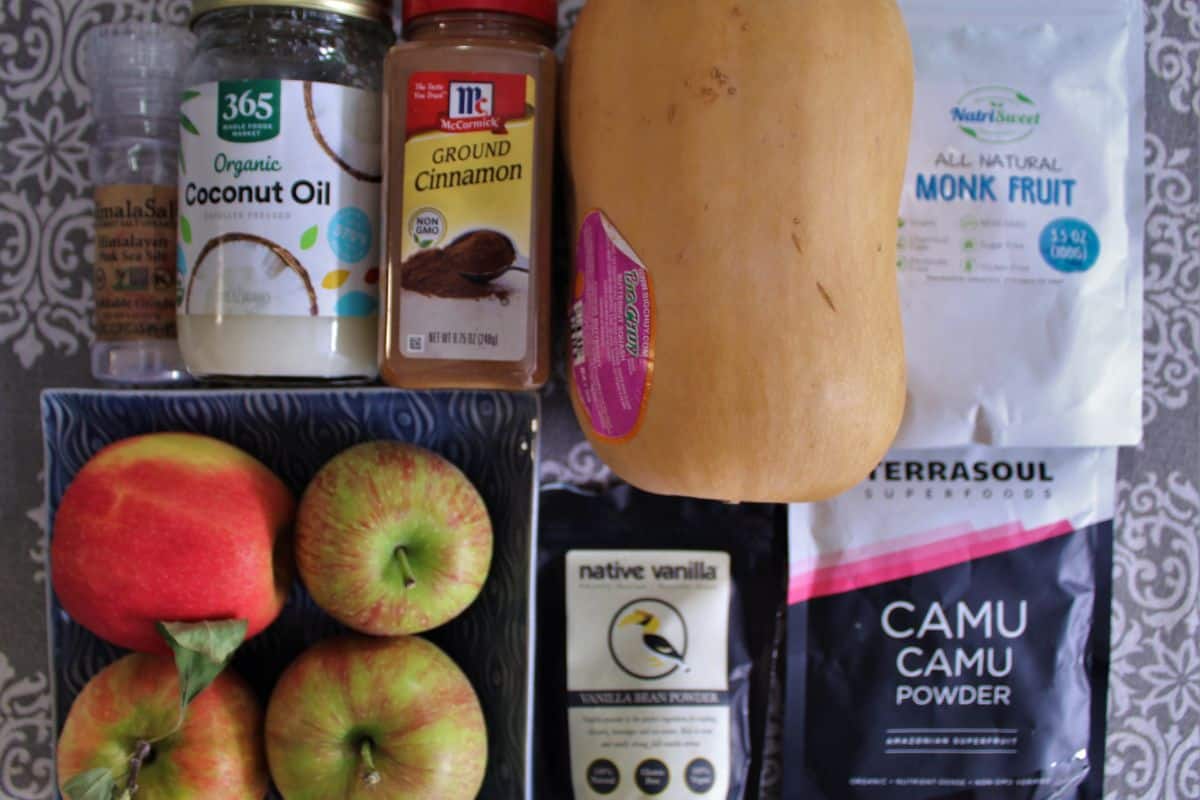
Cooking Temperature: high (refined)
Flavor: mild-moderate
With a distinct but mild flavor and aroma, coconut oil is a versatile option for cooking or baking, packed as it is with antioxidant medium-chain triglycerides. Suitable for baking and medium heat cooking (unless refined), it can even be used safely in skincare.
As a mostly saturated fat, coconut oil also seems to be the exception to the rule about inflammatory refined oils, in that the refined version is good for high-heat cooking and lower in anti-inflammatory compounds, but not actively inflammatory once refined.
Cream (Dairy or Coconut)
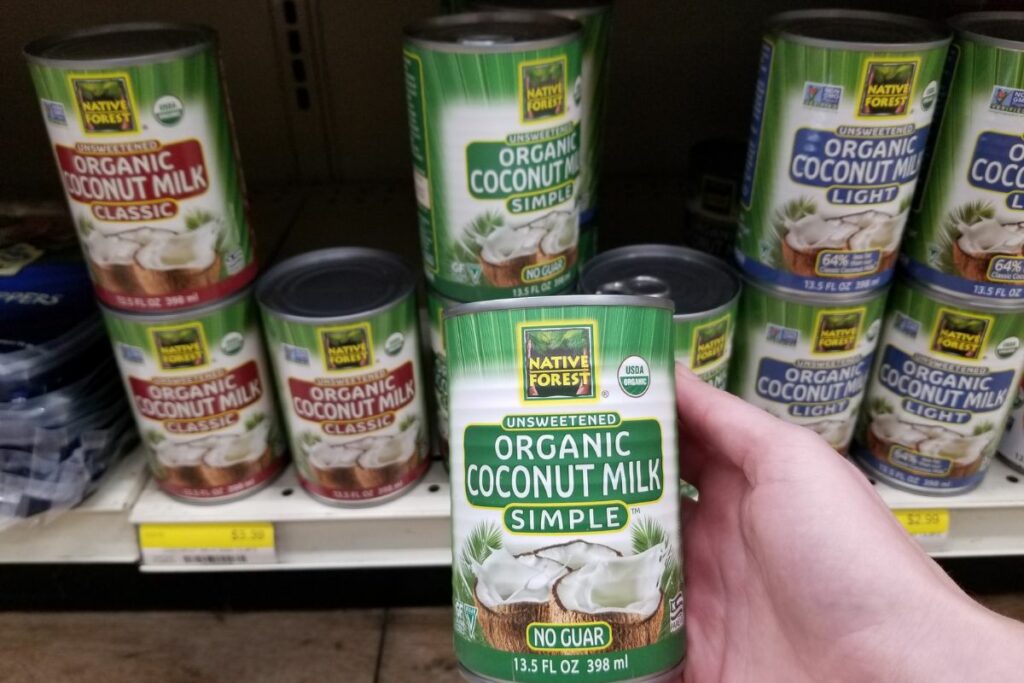
Cooking Temperature: low
Flavor: moderate
While coconut cream or heavy cream may not immediately jump out at you for cooking, the latter has been known to make some pretty good scrambled eggs (and both are great for baking and making creamy soups!).
There are plenty of alternatives out there, but as long as you tolerate dairy or coconut, cream is a perfectly good low histamine fat source.
Extra Virgin Olive Oil
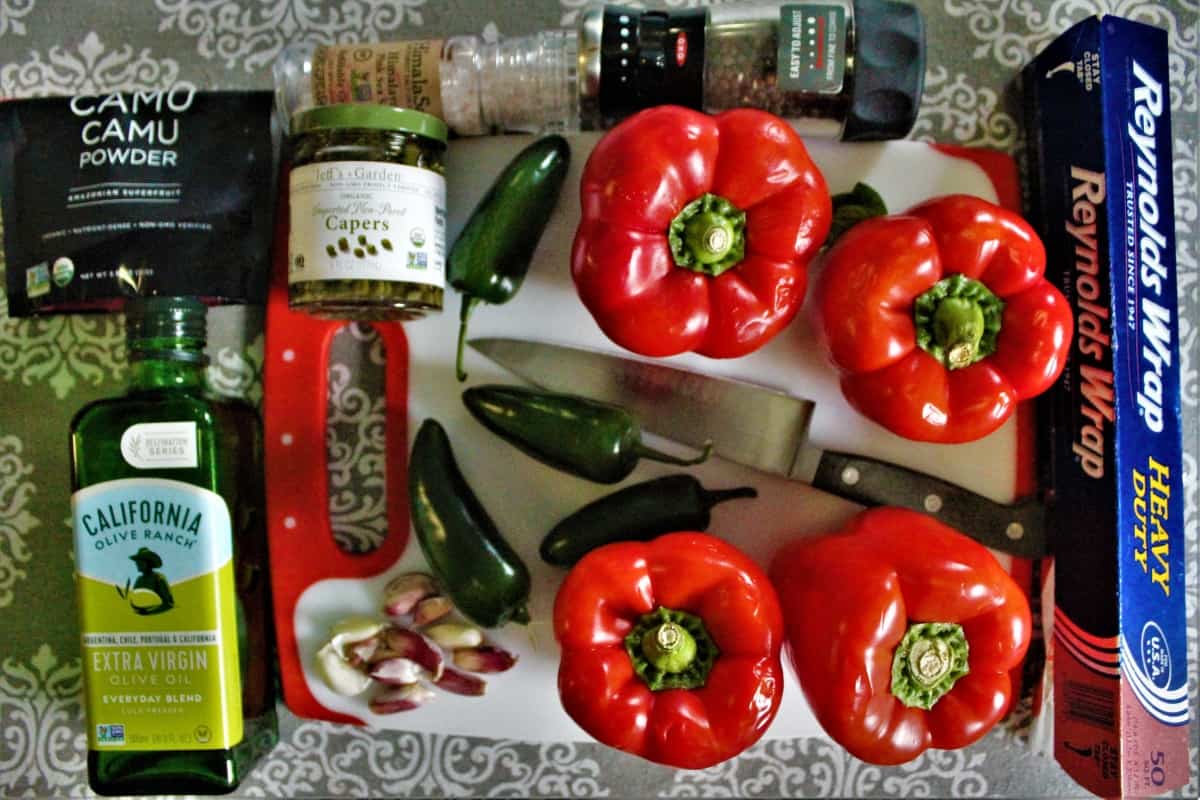
Cooking Temperature: medium
Flavor: moderate
Extra virgin olive oil is a low histamine oil for cooking, and an excellent choice for individuals with histamine intolerance. This plant-derived oil has a rich and relatively neutral flavor, making it suitable for both drizzling over dishes and cooking at low to medium heat.
It's also rich in healthy monounsaturated fats and antioxidants, and has anti-inflammatory properties. The only big downside is its relatively low smoke point, which can limit its use as a staple in high heat cooking methods, as refined versions can start to degrade those heart-healthy fats.
Flaxseed Oil
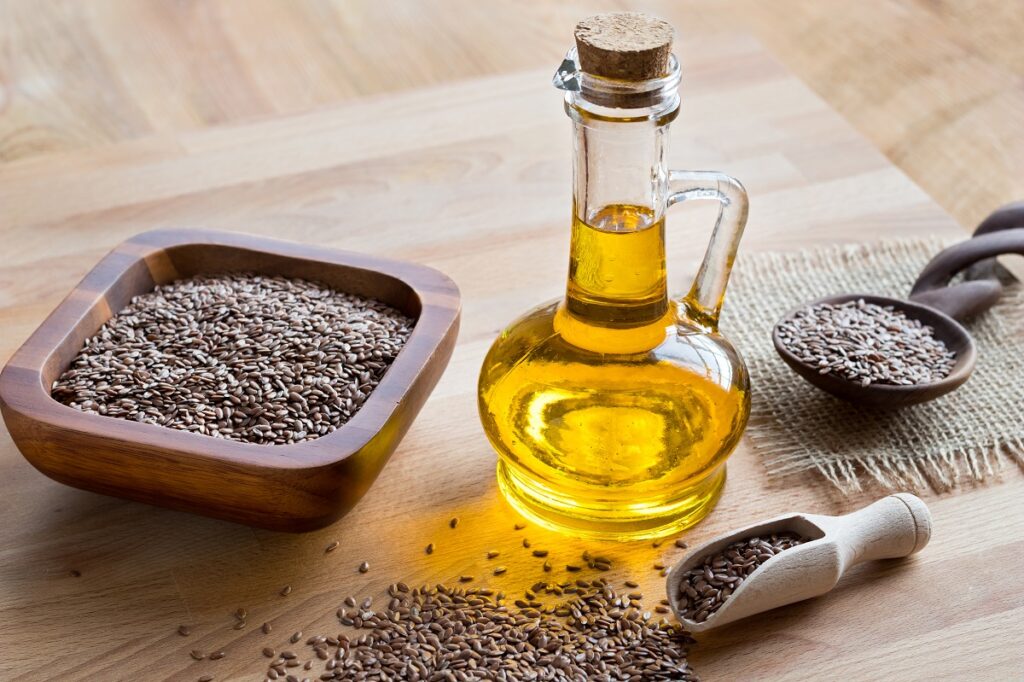
Cooking Temperature: very low
Flavor: moderate
Flaxseed oil is a rich source of omega-3 fatty acids, which may support heart health and reduce inflammation. With a mild, earthy taste, it's ideal for dressings but not recommended for cooking or baking, due to its low smoke point and predisposition towards rancidity.
Flax oil is sensitive to oxidation by heat & sunlight, and so should be stored in a dark container, refrigerated, and consumed within a few weeks. A similar oil is hemp oil, which I need to do some more research into, but which seems like a healthy alternative.
Ghee (Clarified Butter)

Cooking Temperature: very high
Flavor: mild
Ghee is a low histamine fat option derived from butter, with the lactose and casein removed (two most common allergens in dairy). The clarification process that gives us ghee makes it more allergy-friendly, but at the same time it raises the smoke point of the product so that it can safely be used for high-heat cooking.
This animal-derived fat has a rich, buttery flavor, and is most popular in Indian cooking, where it's also important in Ayurvedic medicine. While ghee does contain healthy saturated fats and fat-soluble vitamins, it is incredibly caloric and should be cooked- or baked-with in moderation.
Lard
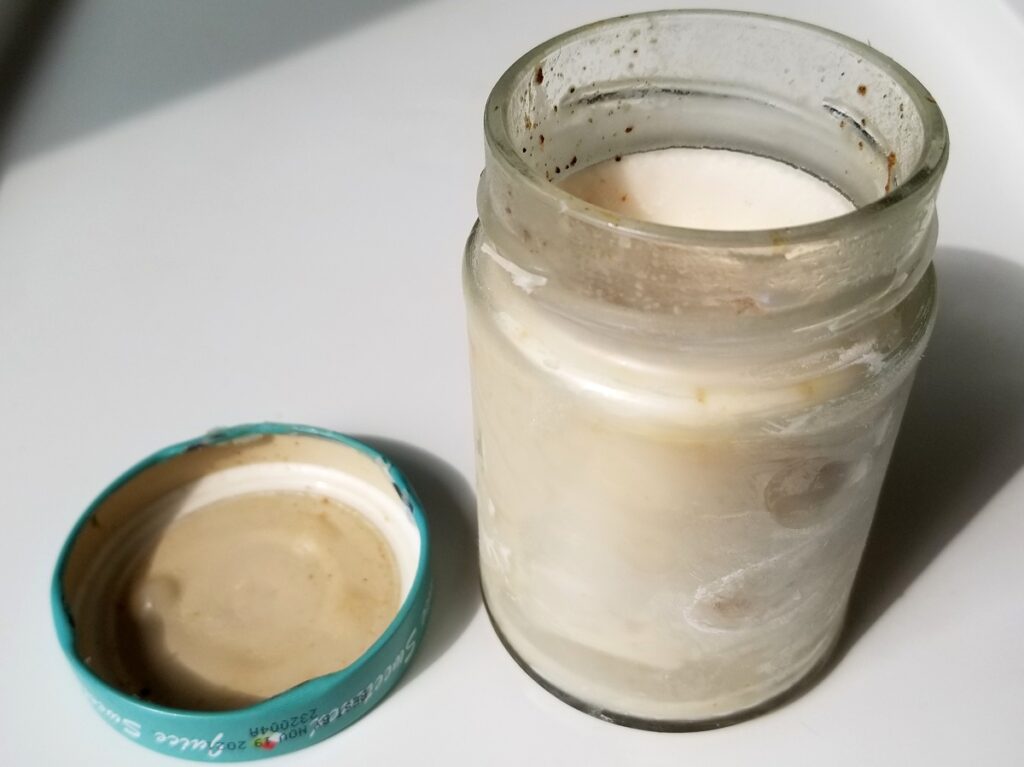
Cooking Temperature: very high
Flavor: moderate
Also known as pig fat, pork oil, or bacon fat, this animal-derived lipid is solid at room temperature, and surprisingly healthy in moderation. So as long as it's sourced from fresh or fresh-frozen meat, lard is a great oil for high-heat low histamine cooking.
Personally, I keep all the oil from any bacon or pork belly cooked in our house (all high-quality, uncured meats) and store it in a 'lard jar' in our freezer, scooping out and melting just a little at a time.
Macadamia Nut Oil
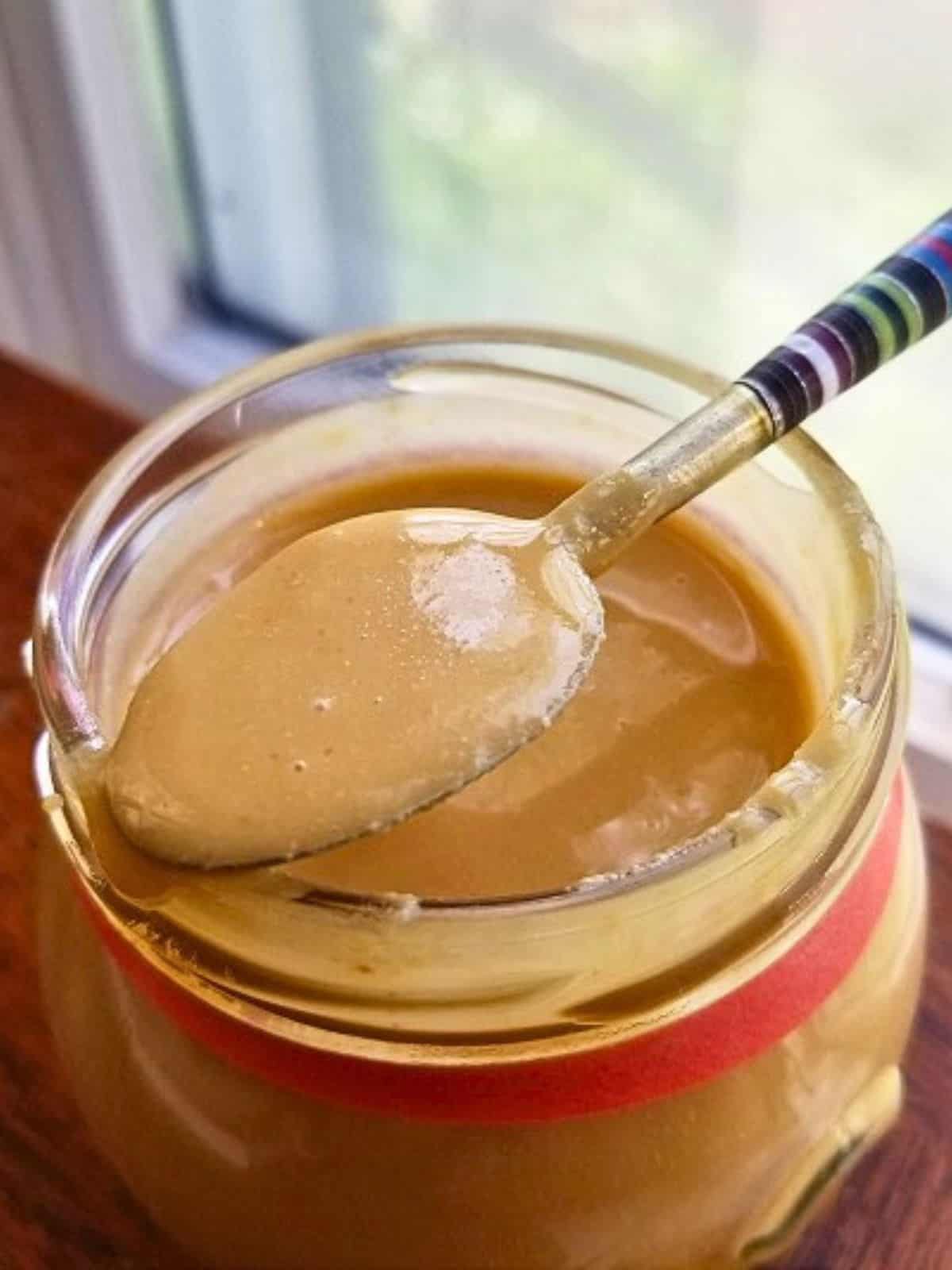
Cooking Temperature: low
Flavor: mild
Rich in monounsaturated fats, macadamia oil may promote heart health, but may be less accessible due to its higher price point. The exotic nut oil has a buttery, slightly nutty flavor, and is suitable for low- to medium-heat cooking.
It can add a unique taste to many dishes, and can even be used on the skin for homemade low histamine skincare, but it's delicate and does need to be kept in the fridge for optimal shelf life.
Nigella Seed Oil
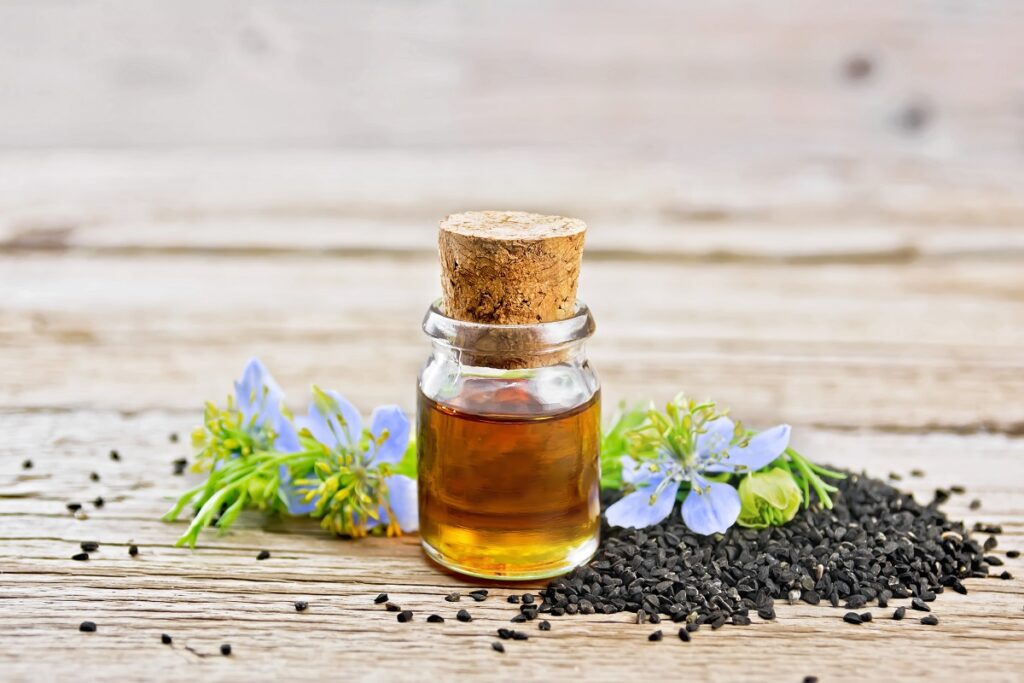
Cooking Temperature: low
Flavor: strong
Nigella seed oil, also known as black seed oil or black cumin oil, has several uses and benefits in low histamine cooking. The seed itself is a potent antihistamine, and its oil has a bitter & very herbaceous flavor, more characteristic of Middle Eastern and Indian cuisines.
For these reasons it's more commonly used as a finishing oil or in salad dressings and dips, all creations served at room temperature and tempered by other strong flavors. But if you do choose to cook with black seed oil, consider blending it with another more neutral-tasting oil, and avoid high-heat cooking, as that can degrade the oil's nutrient profile.
Red Palm Oil (Unrefined)
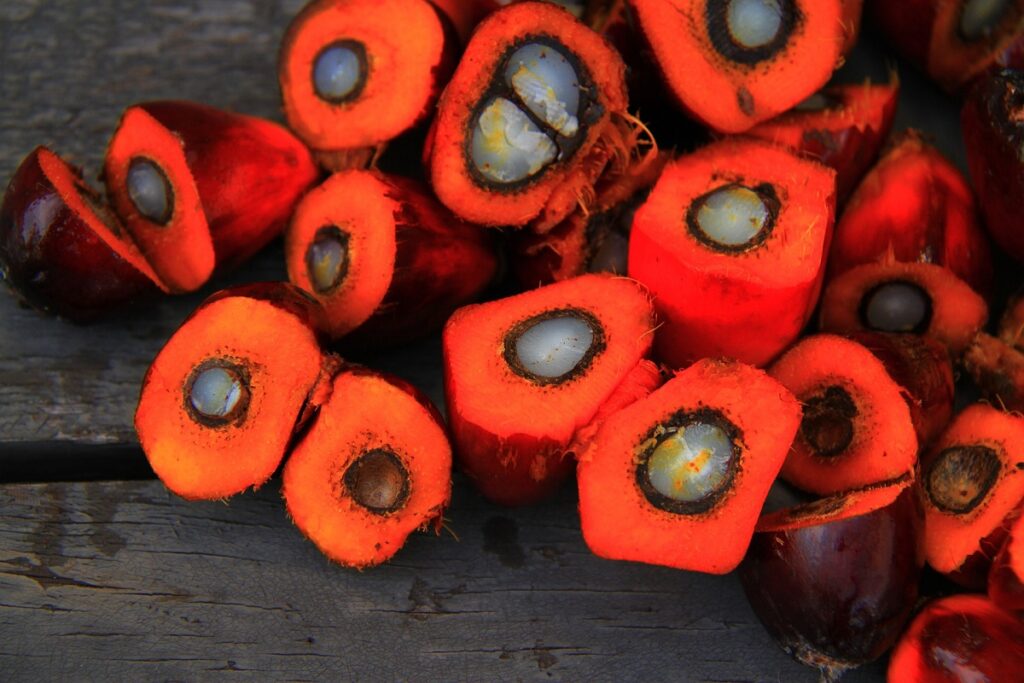
Cooking Temperature: low
Flavor: mild
Palm oil is a versatile and common cooking oil, found to have several potential health benefits depending on how it's processed. Here I'm talking specifically about unrefined red palm oil, not palm kernel oil (the refined version), which doesn't have the same health benefits.
Red palm oil's hue actually comes from concentrated antioxidant called carotenoids, with a secondary punch from high levels of vitamin E, a powerful antioxidant that can help reduce inflammation in the body. Thanks to its balance of fatty acids, it's a common ingredient in plant-based butter alternatives, but remember not to kick the heat up too high.
When shopping in the grocery store or online, look specifically for unrefined palm oil, as it's minimally processed to retain more of those natural nutrients and antioxidants.
Sesame Oil
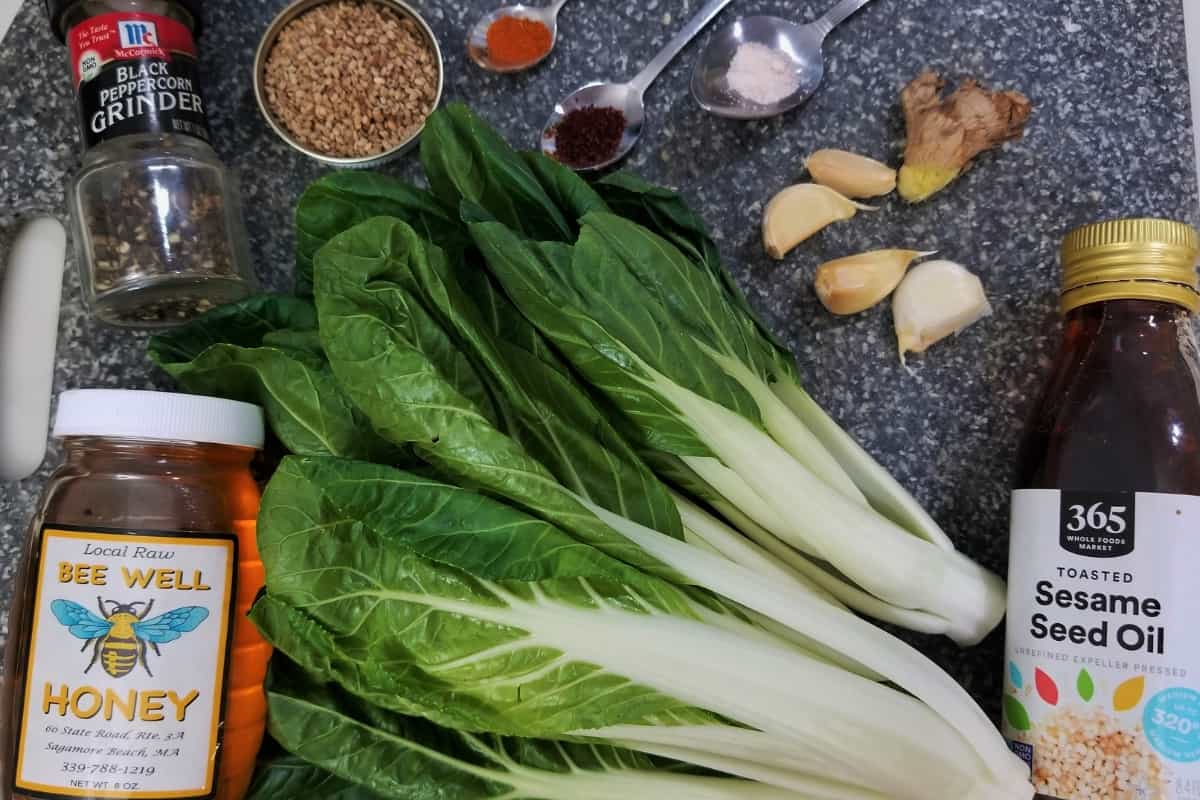
Cooking Temperature: low
Flavor: moderate
Cold-pressed sesame oil is low in histamines and offers a robust, nutty flavor, most typically used in Asian cuisines. With a medium smoke point, it is suitable for low- to medium-heat cooking, such as sautéing and stir-frying, or even better, as a finishing oil or in dressings.
When using sesame oil in cooking, it's important to choose a high-quality, unrefined sesame oil, as it will retain more of its natural nutrients and antioxidants. One important components of sesame oil is sesamol, a powerful antioxidant; and it also contains lignans, which are plant compounds found to have antihistamine properties.
Tallow
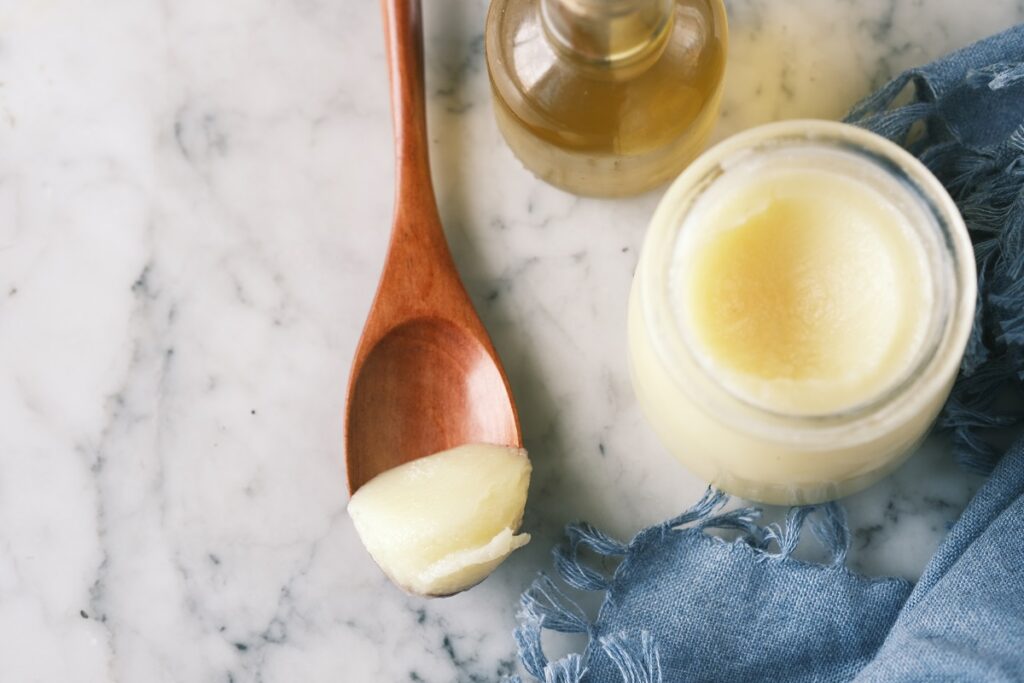
Cooking Temperature: high
Flavor: mild
Last but not least, we have tallow, a.k.a. beef fat (though it can also come from mutton). It's been used in cooking for centuries, and has several potential health benefits thanks to a type of fat known as conjugated linoleic acid (CLA), which has been found to have anti-inflammatory effects.
When using tallow in cooking, like with all the other low histamine fats discussed here, it's important to choose a high-quality, grass-fed tallow. This type of tallow has been found to be higher in CLA and other nutrients than tallow from conventionally raised animals.
Like lard or ghee, it can be used in a variety of cooking methods, including frying, roasting, and sautéing, or even as a substitute for butter or other oils in baking.













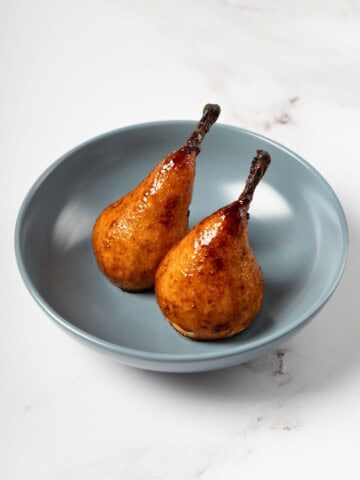
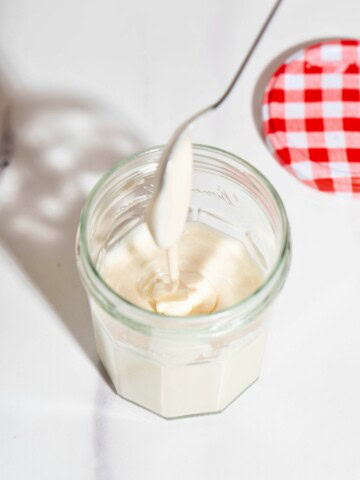

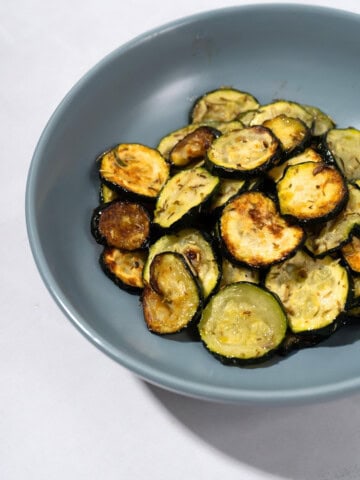
Ashling says
Is rapeseed oil suitable for a low histamine diet?
Max says
Rapeseed oil is also known as canola oil, and it can be fine in smaller amounts, but it tends to be inflammatory if consumed in larger amounts.
Rhiannon Purves says
Is canola oil high histamine ? Because that stuff makes me siiiick
Max says
It's very inflammatory based on its omega fatty acid content, but sounds like your body is telling you how it feels about it, regardless! Definitely listen to your body.
Christina Dunn says
Hi There, I thought that Macadamia oil was high in Omega 6 and inflammatory so it would not be suitable for low histamine cooking and salad dressings. I am actually on the hunt for a low histamine oil that I can use for salad dressings since I was just diagnosed with fruit intolerance my go to of EVOO and Avacado oil are off the table now. They recommended Sunflower seed oil as a replacement for the fruit oils but it appeears that is high in histamine. Any other suggestions for salad dressings would be great.
Max says
Hi, Christina! The 3:1 ratio of omega 6 to omega 3 in macadamia nut oil is still considered within the range of healthy, as it's not solely about the ratio itself but about how much of it you would use and what you'd usually consume it with. For example, macadamia has a low smoke point, so it wouldn't be good for cooking anyway, but as a dressing or finishing oil it's a good way to get in healthy fats without throwing your omegas out of balance, and you wouldn't tend to eat so much that it would veer intot he inflammatory.
Sunflower oil has a pretty atrocious ration somewhere around 30:1 or 40:1 depending on the source, but the best one would be flax seed oil, which has a 1:3 ratio, meaning three times as much omega 3's as 6's. Just keep in mind that it needs to be refrigerated, and it also has a very low smoke point, so it's only good for dressings and finishing oil. Whenever I include them in a recipe people always leave comments about how they're told that lemon and lime are high histamine, but my go-to dressing is a simple flax oil & lemon juice, as neither food is directly high in histamine, though in large amounts they do bother a small portion of people with histamine issues. Try reintroducing things slowly, and definitley consider flax oil for dressings, with or without a citrus element!
Glenys says
Hi Max, brilliant - thank you for the great list and information. I was avoiding cocoa butter due to the recent lead and cadmium scare with chocolate, but love your idea of cooking with it, not just baking. But do you know if cocoa butter is also high in lead and other metals? Hard to find information on this. Regards
Max says
Thanks, Glenys! I understand the apprehension, but cocoa butter is completely safe, and a surprisingly great option for cooking meats. I happen to have done research on this very issue, as well— cadmium & lead both accumulate in chocolate from either the soil the cacao tree is grown in or the way it's transported from place to place. However all this accumulation is in the cacao solids, not the fat (aka the cocoa butter). So while there are some concerns about the cadmium and lead levels in chocolate, cocoa butter is thankfully exempted from these issues.
Astrid says
Hi there, thank so *so* much for this list. I have a question about Avocado oil. I am somewhat new to the low histamine diet, my first month of cleaning out, as it were. I have been avoiding using avocado oil, because of the inflammatory nature of avocados, but you mention it as a good oil to be used. So is it OK to use Avocado oil then? Could you clarify? I have a tonne of it and would like to use it if possible.
Max says
Hi, Astrid! Yeah, I initially avoided it for the first month of the diet, because Beth from MastCell360 says that olive or avocado oil can be a bit overwhelming if your DAO levels are low, but I'm not quite sure of the science behind that idea. I've looked, but in the nutritional profile of avocado oil, there's really no reason NOT to use it (unless it bothers you). Avocadoes themselves can build up histamine, but the cold-pressed oil is generally well-tolerated, and nutritious with a low level of inflammatory omega-6 fats, so I'd store your oil in a cool, dry place and trying using a bit of it for stir-frying (and if tolerated, just use it up!).
Always double-check with your doctor if you're concerned, but from my experience & research, it's an even safer bet than olive oil.
Kar says
@Astrid, the protein in avocados are the histamine problem; the oil is safe. However, be sure to get cold pressed unprocessed avocado oil which is very hard to find and expensive. The "natural" avocado oil that is highly processed for increased smoke point is no good.